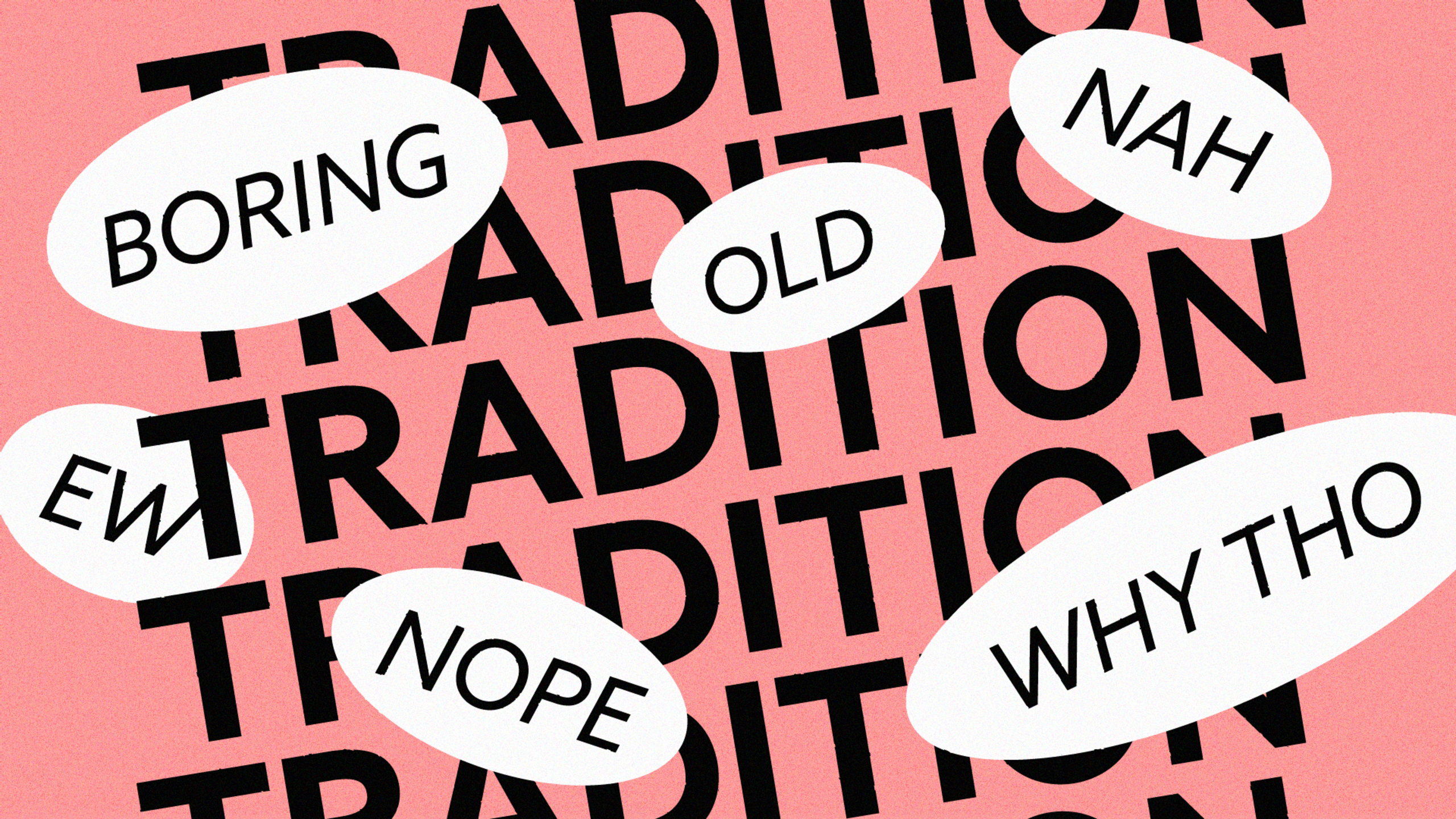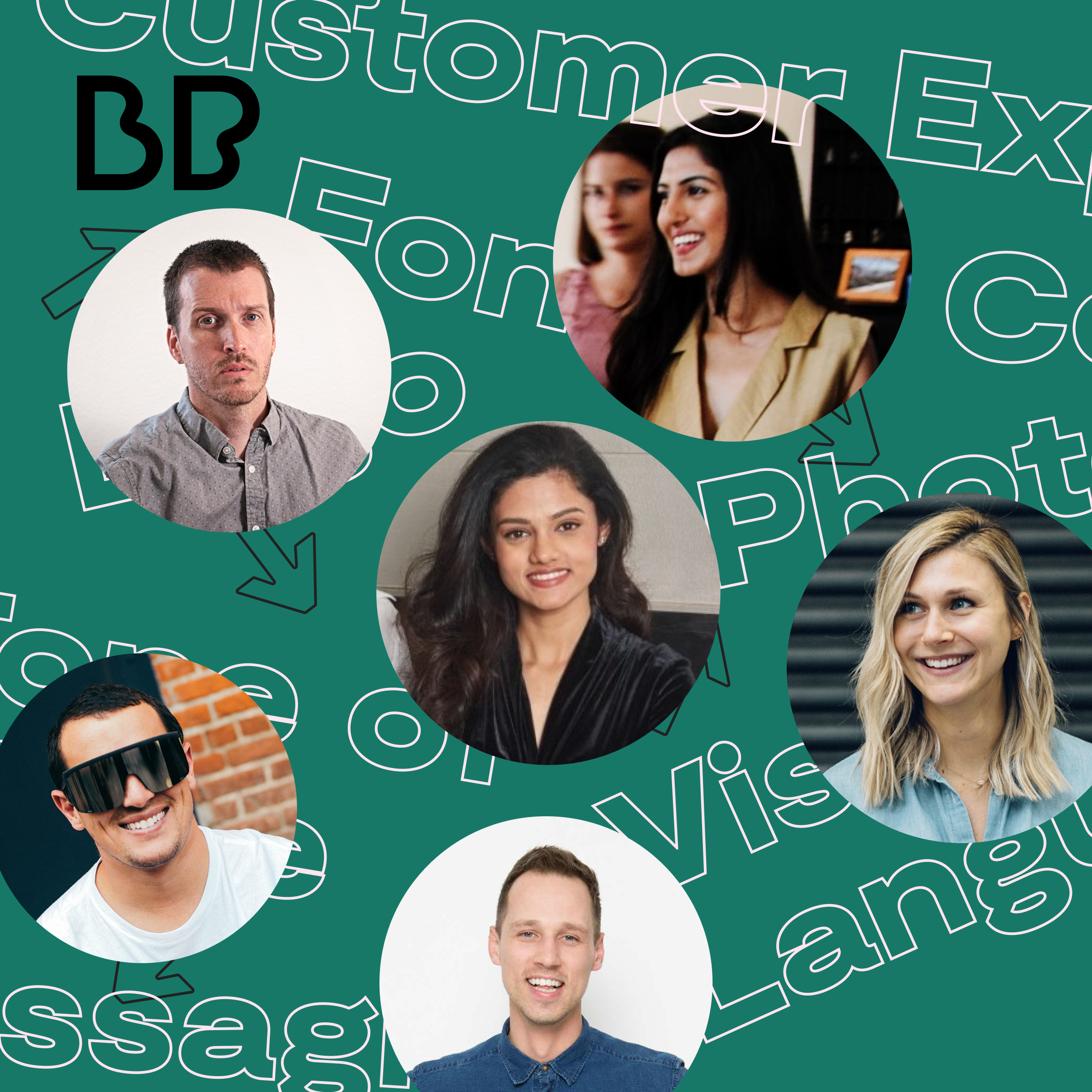How Big Brands are Ditching Brand Equity to Appeal to Disloyal Millennials


Brand is not just a logo, website, or color palette. It’s how your end-user experiences everything related to your company.
On this episode, Christian and Anna revisit the highlights from the Product Brand series recapping the most important lessons learned.
To engage more with the Better Product community, join our speaker series featuring experts from previous episodes. You can register by going to betterproduct.community/speakerseries